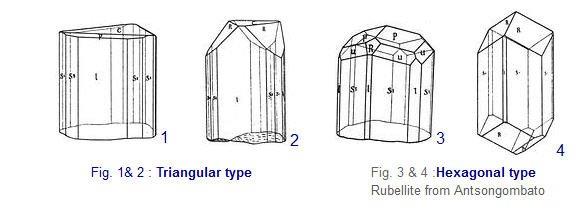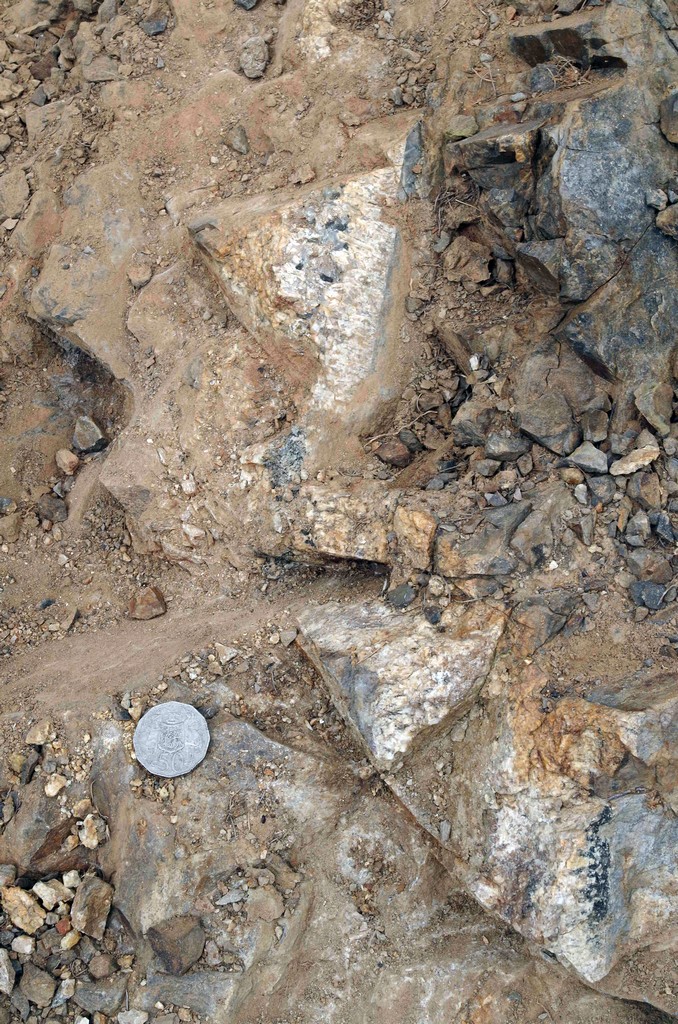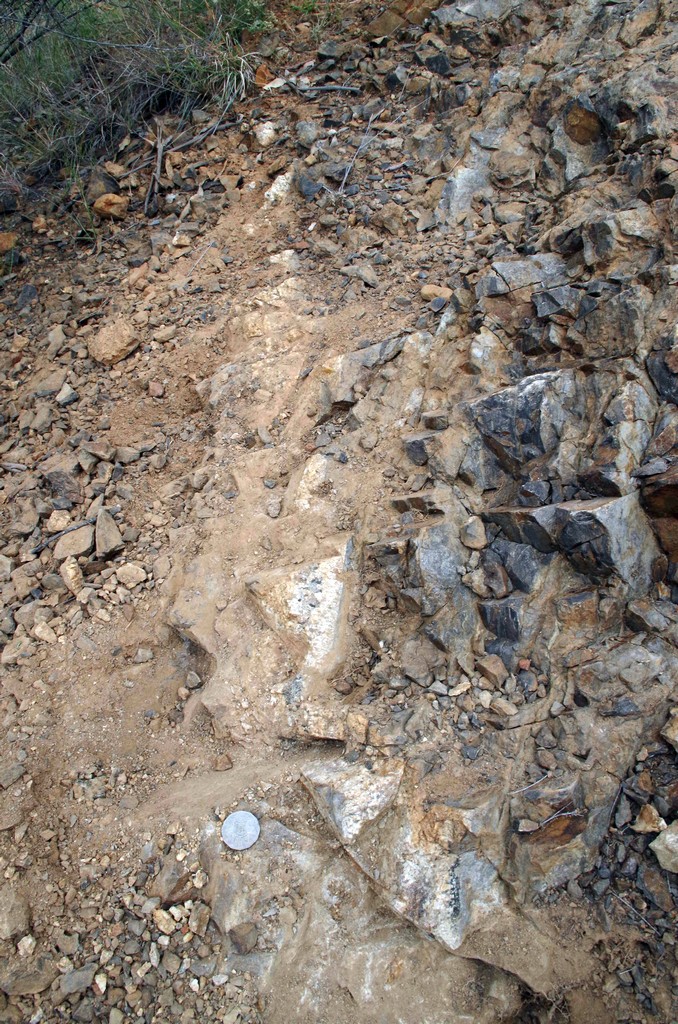- Joined
- Jun 24, 2014
- Messages
- 316
- Reaction score
- 837
I would say either tourmaline (schorl) or rutile. Crack a piece of and get a specific gravity.



goldierocks said:Yes schorl. The striations are typical. Instead of looking at the crystals side on, I suggest you look at them end-on (in cross-section). I think you will find them to form a complex triangle or hexagon (belongs to the Trigonal crystal system).
Use a piece of broken plate as a strek plate (rough porcelain) but of course the mineral will only leave a powder if it is softer. A small pocket knife blade is around hardness 5 and you can scratch the mineral to leave powder - quartz is 7 and can be used to scratch it. But tourmaline is about 7.5 so will not scratch. The powder is easy to see if you use a hand lense (eg from Prospectors Supplies - x10 although I also use a x20)
A "gold" coin is about hardness 4, your fingernail will scratch things of 3 or less. You don't need expensive equipment.
AtomRat said:If be digging and following that peg a bit furtherlovely speccie rock


Ditch said:...& I will keep an eye out for some broken porcelain plates to use as streak plates.
Enter your email address to join: